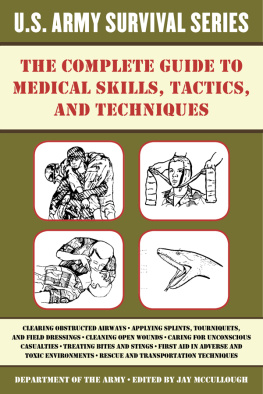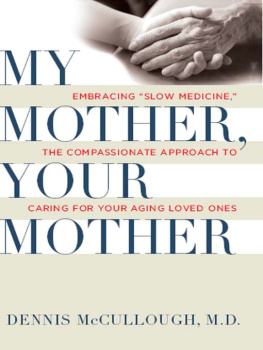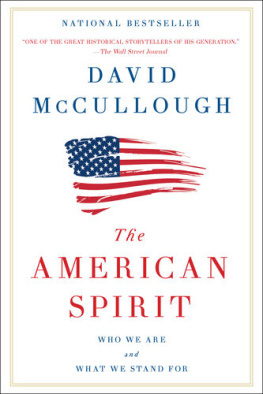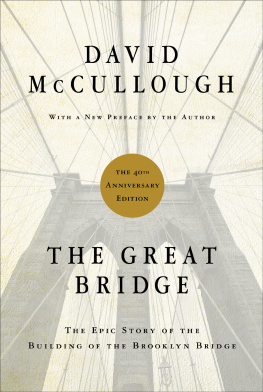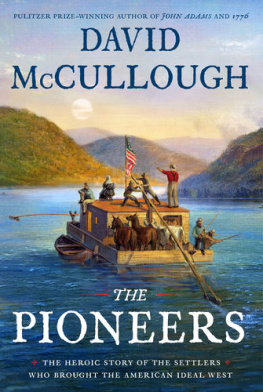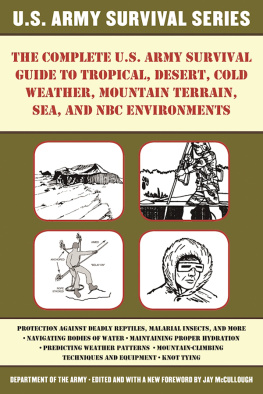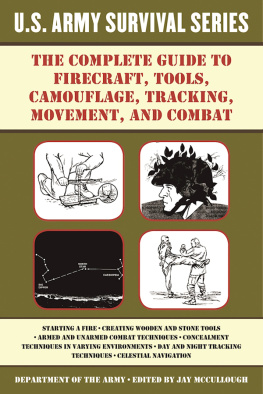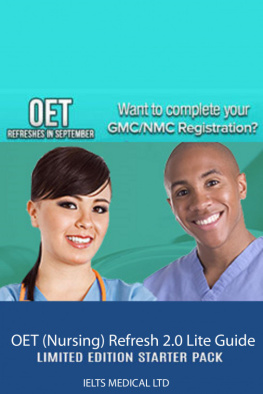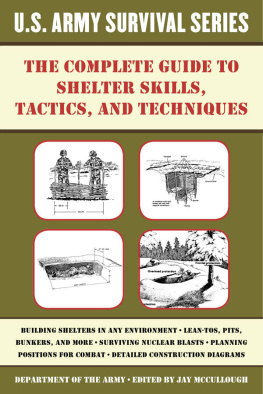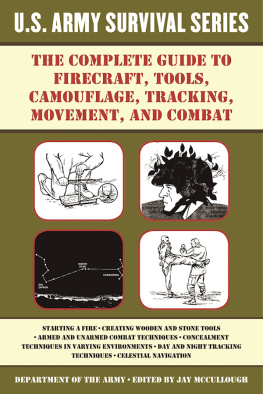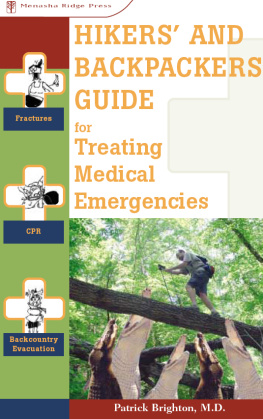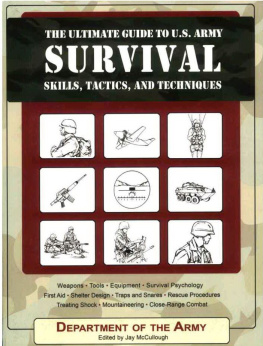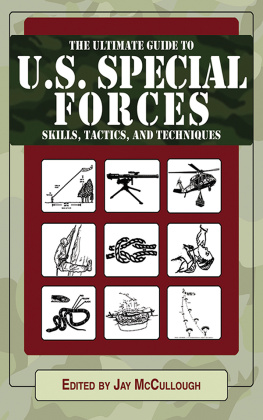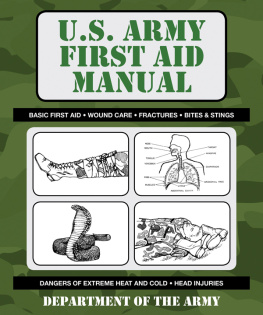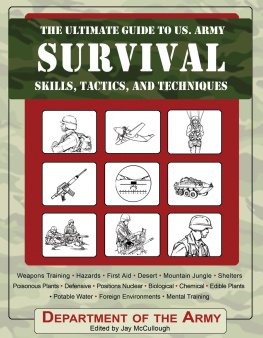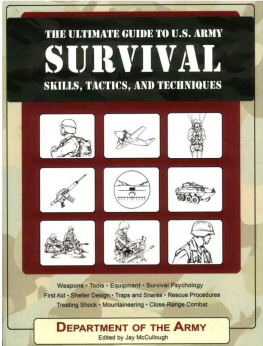Copyright 2007, 2016 by Skyhorse Publishing
All rights reserved. No part of this book may be reproduced in any manner without the express written consent of the publisher, except in the case of brief excerpts in critical reviews or articles. All inquiries should be addressed to Skyhorse Publishing, 307 West 36th Street, 11th Floor, New York, NY 10018.
Skyhorse Publishing books may be purchased in bulk at special discounts for sales promotion, corporate gifts, fund-raising, or educational purposes. Special editions can also be created to specifications. For details, contact the Special Sales Department, Skyhorse Publishing, 307 West 36th Street, 11th Floor, New York, NY 10018 or .
Skyhorse and Skyhorse Publishing are registered trademarks of Skyhorse Publishing, Inc., a Delaware corporation.
Visit our website at www.skyhorsepublishing.com.
10 9 8 7 6 5 4 3 2 1
Library of Congress Cataloging-in-Publication Data is available on file.
Cover design by Tom Lau
Print ISBN: 978-1-5107-0741-2
Ebook ISBN: 978-1-5107-0746-7
Printed in the United States of America
CONTENTS
FOREWORD
Everyone should acquire basic First Aid skills. The U.S. Army Survival Guide to Medical Skills, Tactics, and Techniques is as good a place as any for a starting point on learning how to be prepared for many of the dire circumstances that occur on a surprisingly frequent basis. U.S. Army medics have seen and treated as wide a variety of acute medical crises as can be imagined, and the information that makes up this tome is a distillation of their many invaluable manuals and guides. For the casual reader who would like to be reasonably prepared, it would do well to commit much of its contents to memory. For those who would make a serious study of emergency medical treatment, it should be a treasured and interesting counterpoint to civilian emergency medical guides.
In a traumatic injury situation, there is no substitute for rigorous, accredited study and relevant hands-on training. Barring that, a clear head, regular training with relevant materials, and a familiarity with a variety of common medical problems may well save a life. It is my sincere hope that you will never need to employ what you may learn in The U.S. Army Survival Guide to Medical Skills, Tactics, and Techniques , but that if you do, that it serves you well.
Jay McCullough
North Haven, Connecticut
February 2016
INTRODUCTION
Foremost among the many problems that can compromise a survivors ability to return to safety are medical problems resulting from parachute descent and landing, extreme climates, ground combat, evasion, and illnesses contracted in captivity.
Many evaders and survivors have reported difficulty in treating injuries and illness due to the lack of training and medical supplies. For some, this led to capture or surrender.
Survivors have related feeling of apathy and helplessness because they could not treat themselves in this environment. The ability to treat themselves increased their morale and cohesion and aided in their survival and eventual return to friendly forces.
One man with a fair amount of basic medical knowledge can make a difference in the lives of many. Without qualified medical personnel available, it is you who must know what to do to stay alive.
Part II meets the emergency medical training needs of individual soldiers. Because medical personnel will not always be readily available, the non-medical soldiers will have to rely heavily on their own skills and knowledge of life-sustaining methods to survive on the integrated battlefield. This manual also addresses first aid measures for other life-threatening situations. It outlines both self-treatment (self-aid) and aid to other soldiers (buddy aid). More importantly, this manual emphasizes prompt and effective action in sustaining life and preventing or minimizing further suffering. First aid is the emergency care given to the sick, injured, or wounded before being treated by medical personnel. The Army Dictionary defines first aid as urgent and immediate life saving and other measures which can be performed for casualties by non-medical personnel when medical personnel are not immediately available. Non-medical soldiers have received basic first aid training and should remain skilled in the correct procedures for giving first aid. A combat lifesaver is a non-medical soldier who has been trained to provide emergency care. This includes administering intravenous infusions to casualties as his combat mission permits. Normally, each squad, team, or crew will have one member who is a combat lifesaver. This manual is directed to all soldiers. The procedures discussed apply to all types of casualties and the measures described are for use by both male and female soldiers.
Part II has been designed to provide a ready reference for the individual soldier on first aid. Only the information necessary to support and sustain proficiency in first aid has been boxed and the task number has been listed. In addition, these first aid tasks for Skill Level 1 have been listed in Appendix G. The task number, title, and specific paragraph of the appropriate information is provided in the event a cross-reference is desired.
Commercial products (trade names or trademarks) mentioned in this publication are to provide descriptive information and for illustrative purposes only. Their use does not imply endorsement by the Department of Defense.
REQUIREMENTS FOR MAINTENANCE OF HEALTH: OVERVIEW
To survive, you need water and food. You must also have and apply highpersonal hygiene standards.
Water
Your body loses water through normal body processes (sweating, urinating, and defecating). During average daily exertion when the atmospheric temperature is 20 degrees Celsius (C) (68 degrees Fahrenheit), the average adult loses and therefore requires 2 to 3 liters of water daily. Other factors, such as heat exposure, cold exposure, intense activity, high altitude, burns, or illness, can cause your body to lose more water. You must replace this water.
Dehydration results from inadequate replacement of lost body fluids. It decreases your efficiency and, if injured, increases your susceptibility to severe shock. Consider the following results of body fluid loss:
A 5 percent loss of body fluids results in thirst, irritability, nausea, and weakness.
A 10 percent loss results in dizziness, headache, inability to walk, and a tingling sensation in the limbs.
A 15 percent loss results in dim vision, painful urination, swollen tongue, deafness, and a numb feeling in the skin.
A loss greater than 15 percent of body fluids may result in death.
The most common signs and symptoms of dehydration are
Dark urine with a very strong odor.
Low urine output.
Dark, sunken eyes.
Fatigue.
Emotional instability.
Loss of skin elasticity.
Delayed capillary refill in fingernail beds.
Trench line down center of tongue.
Thirst. Last on the list because you are already 2 percent dehydrated by the time you crave fluids.
You replace the water as you lose it. Trying to make up a deficit is difficult in a survival situation, and thirst is not a sign of how much water you need.
Most people cannot comfortably drink more than 1 liter of water at a time. So, even when not thirsty, drink small amounts of water at regular intervals each hour to prevent dehydration.
If you are under physical and mental stress or subject to severe conditions, increase your water intake. Drink enough liquids to maintain a urine output of at least 0.5 liter every 24 hours.

